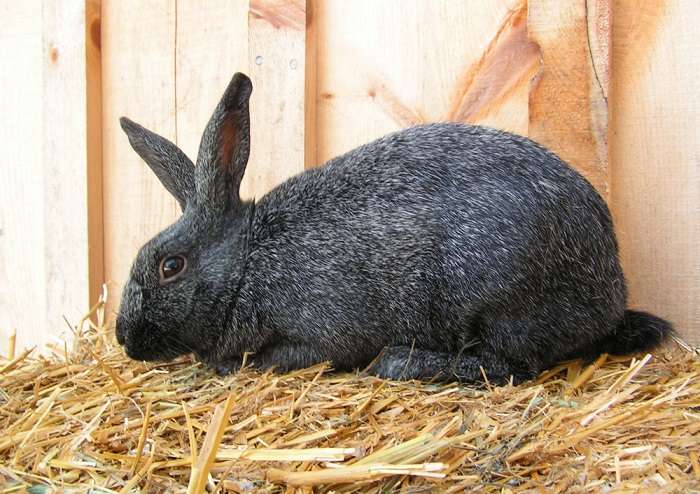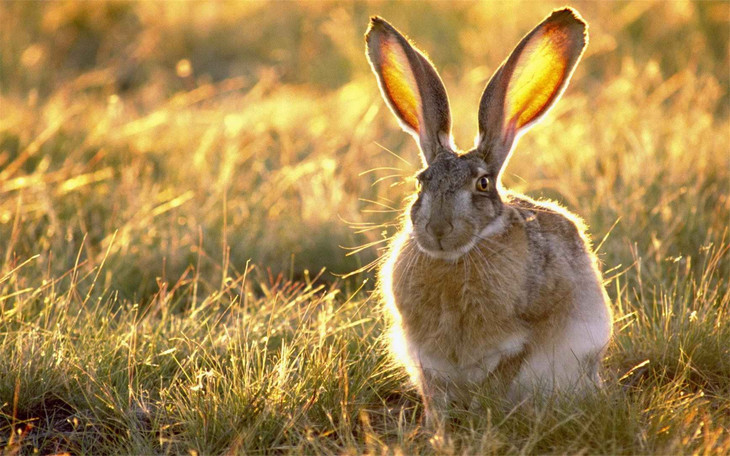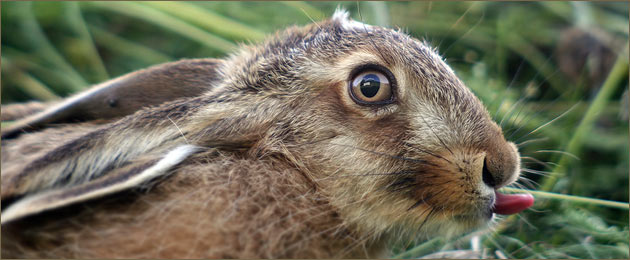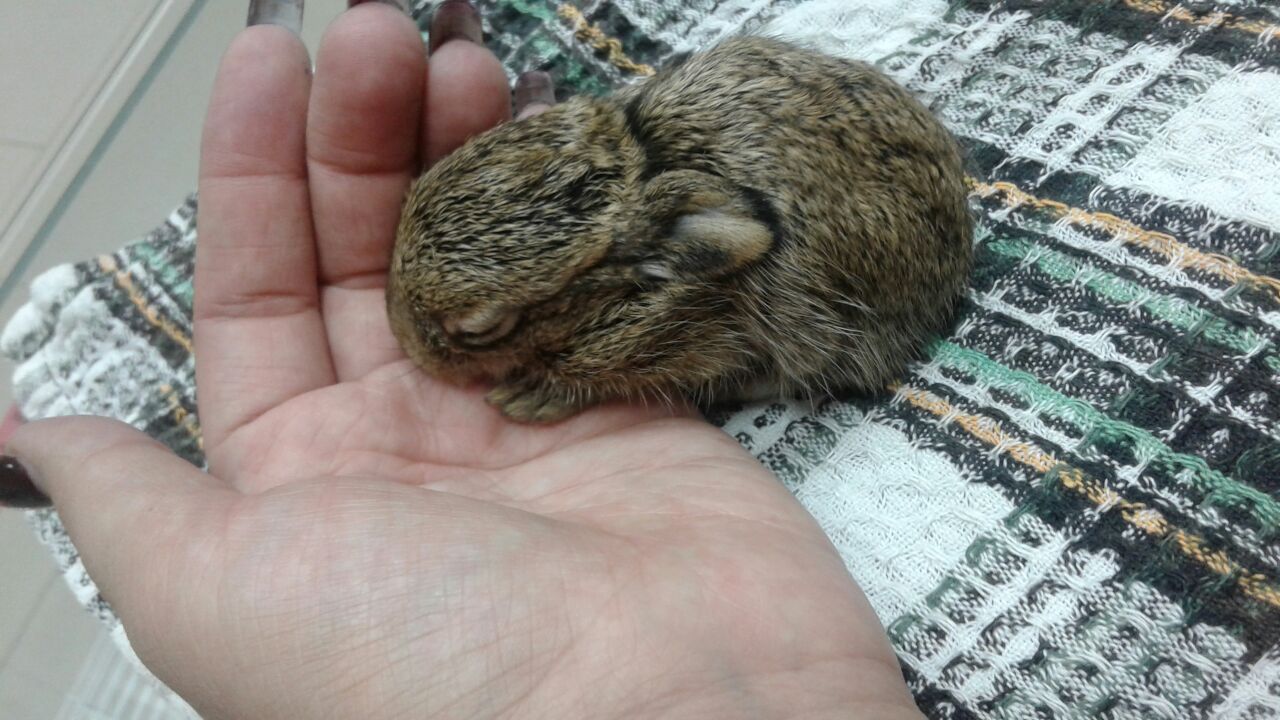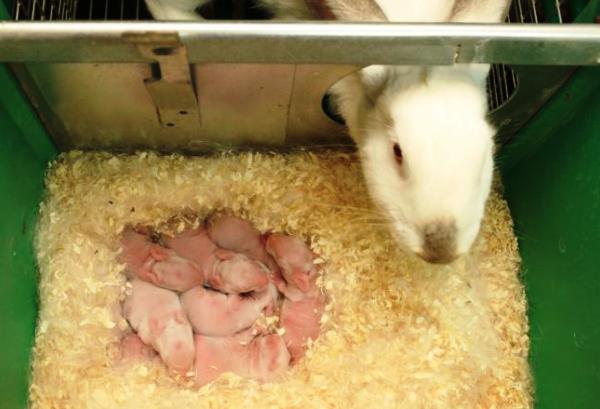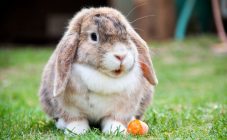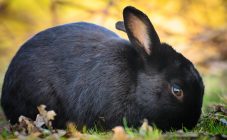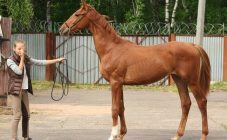Content:
There is a common misconception that rabbits and hares are the same animals, only some are wild, others are domestic. Indeed, they look quite similar and belong to the same Zaitsev family (the Hare-like order). However, this is where the similarities end. These are very different animals. So how does a rabbit differ from a hare?
Major differences
Crawl and the hare, as representatives of their species, differ in the following main characteristics:
- individual behavior in different situations;
- some external and anatomical signs;
- attitude towards cubs;
- characteristic life habits.
There are almost no wild rabbits left on our continent (only one Eurasian species has been found and described), there are only hares that live in various landscapes (from the tundra to the equator), where there is food suitable for them (trees and shrubs) and protection from natural enemies ... Such a wide dispersal of the long-eared was the result of the activities of European travelers-explorers, who transported them with them on ships and released them in new areas. The habitat of wild rabbits is all of North America (more than ninety percent of the world's total population), Africa, as well as Australia, where they have become a real national disaster, there are more than two dozen species of them (although there are no hares at all).
External characteristics
Both species have long ears, a small fluffy tail, prominent upper (so-called "hare") teeth and powerful hopping hind legs. However, on closer inspection, it is easy to see how a hare differs from a similar outward rabbit:
- the body size of bunnies is much larger;
- the riddle known even to children “white in winter, gray in summer” is not about rabbits, they “wear” fur of the same color all their lives;
- a hare is a much better runner than a rabbit, therefore, by nature, it has more muscular, strong and long hind legs;
- living their whole life in danger, hares have become the owners of large erect (directed slightly back) ears, in rabbits they are shorter, softer, softer and look neater, in some decorative species the ears generally hang cutely on the sides;
- each front paw in rabbits is stronger and more resilient, they are better adapted for burrowing than hares.
Livelihoods, lifestyle
Wild hares (there are simply no domestic ones) do not live not only in flocks, but even in pairs. These are natural loners, both males and females. The eared one constantly lives alone, apart, meeting with the female only for a short period of mating. They do not have a permanent home, the animals are constantly migrating, mastering new places. Hares do not have burrows or other houses, they spend the night and breed offspring where necessary. They do not come close to human dwellings for fear of people.
Rabbits, on the contrary, lead a "family" lifestyle: with females and cubs. The entire colony prefers to live in their own burrows, reminiscent of corridors with many rooms, in which additional passages break through as the group expands (these are, as a rule, several related families). These are very sedentary animals that leave their territory only when there is a strong imminent danger. To ward off competitors from their home and mark the boundaries, rabbits can poop with round odorless "peas" (pets do this too, causing trouble for the owner).In the families of these animals, a strict hierarchy reigns, which allows maintaining order and safety in a large family.
Reproduction and care of offspring
Another significant difference between the two Zaitsev species is their attitude to reproduction.
Hares can reproduce only if the weather is favorable, since they do not have their permanent homes. The estrus and mating take place in different climatic zones at different times (but in the majority of neighboring females almost simultaneously). For Europe, for example, this is the period from March to September. A sexually mature female hare becomes at the age of 1 year, can give birth up to four times a year. Rabbits, living in comfortable burrows, breed almost constantly (this characteristic feature has even become a proverb).
Pregnancy in rabbits lasts from 41 to 43 days, while rabbits cope in four weeks. Usually two or three hares weighing up to 140 grams are born in the litter. As soon as they are born, they are able to see and hear, are covered with thick fur and do not freeze, they can eat "adult" food almost immediately. Such formation of hares follows from the lifestyle of this animal - in constant migration, even a hare gives birth, as a rule, under a fallen tree, in bushes or just in a hole on the ground. The mother stays with the offspring only for the first few days, warming them and feeding them with milk. Then everyone lives their own life. But little eared ears do not die of hunger, since any hare, having seen babies, can feed them (hares do not have a characteristic smell, unlike rabbits).
Rabbits appear without hair and sight, like other burrowing animals. The average weight is twice as easy as rabbits, they become independent only after 3-4 weeks of breastfeeding. Rabbits are more fertile than hares - they have 10-12 cubs in one litter. Childbirth takes place deep underground, where a special burrow is previously pulled out and lined with fluff from the mother's abdomen. Unlike hares, a caring mother rabbit can eat a rabbit that has a strange smell.
Character traits and behavior
There is also a big difference in behavioral characteristics between the two species. Hares, despite their fabulous reputation as cute and friendly animals, are actually sharp, impetuous, freedom-loving and truly wild forest dwellers. No one has yet managed to tame them - in captivity, long-eared ones do not survive, all the time they try to escape back to the forest expanses, this is also due to their poor tolerance of society of their own kind.
Hares prefer to flee from danger: fast running and the ability to jump high, thanks to their well-developed hind legs, are their way to survival in the harsh conditions of the wild. Fleeing from enemies, they can reach speeds of up to 80 km per hour. They are strong, hardy and sturdy animals (therefore, if necessary, they can paws or bite the attacker), they have keen hearing, sight and smell. The favorite time for active life of eared runners is twilight, then they feed and move to new territories, while during the day they prefer to sleep in secluded places. For people, hares are a constant object of hunting, since their fur is quite valuable, their meat is healthy and pleasant to the taste.
In rabbits, the character is calm, balanced, both in domesticated and wild species. The latter are quite easy to tame by tempting with your favorite treats (rabbits love to nibble on something tasty). They are practically not afraid of people, they can be kept even in a city apartment.
If the rabbit receives information about a possible threat, first of all he assesses the situation, warns his entire group about the danger: knocks his hind legs on the ground or whistles and runs away along a zigzag trajectory (the speed cannot be compared with a hare's - only 20 km per hour) ...For a long time this animal does not stray, but quickly hides in a suitable burrow (here the difference with hares that run away to the bitter end is most noticeable).
Is crossing possible
For those who can hardly distinguish a rabbit from a hare, thoughts periodically come to mind about crossing them, in order, perhaps, to get a hybrid with higher quality characteristics. Some amateur farmers, as well as breeders, are conducting numerous experiments trying to keep a wild field hare and a domestic rabbit (or at least fertilize rabbits with the seed of wild hares). However, despite some external similarity and almost identical anatomical structure of both animals, such attempts are doomed to failure. The reason lies in the large morphological differences, namely, the presence of twenty-four pairs of chromosomes in hares, and twenty-two in rabbits. In addition, these animals are very hostile to each other (hares and in general to everything). Therefore, the so-called rabbit rabbits are just a special rabbit breed.
Both adults and children love these very cute animals. Many consider them to be the same animal species. Despite the external similarity, this is not so, there are some signs of how a rabbit can differ from a bunny. This is the habitat (there are practically no wild rabbits in Europe, but Australia and North America are flooded with them), and the size of the hind legs, and the seasonality of color in hares. There are also significant differences in the nature of the animals, lifestyle and care for the offspring (and the newborn rabbits and rabbits themselves are very different). It is not possible to cross these two species of Hare and breed a hybrid due to chromosomal differences.
